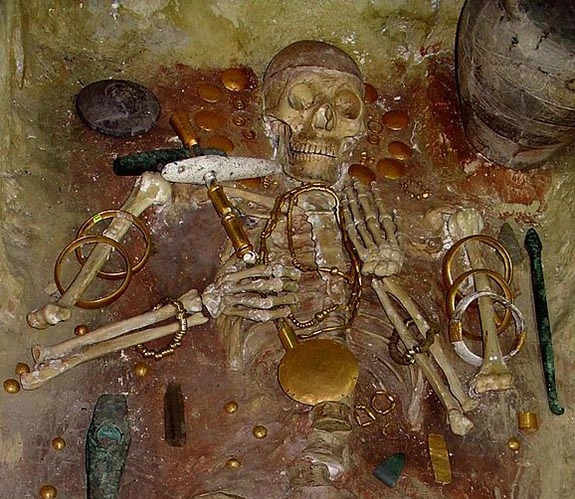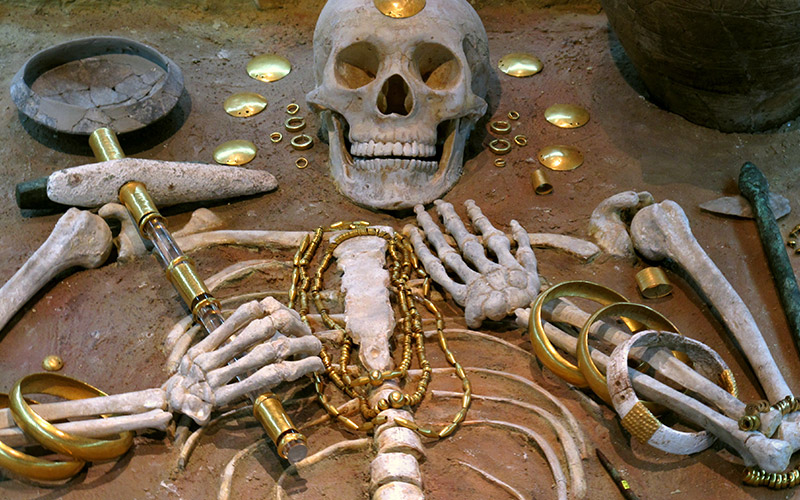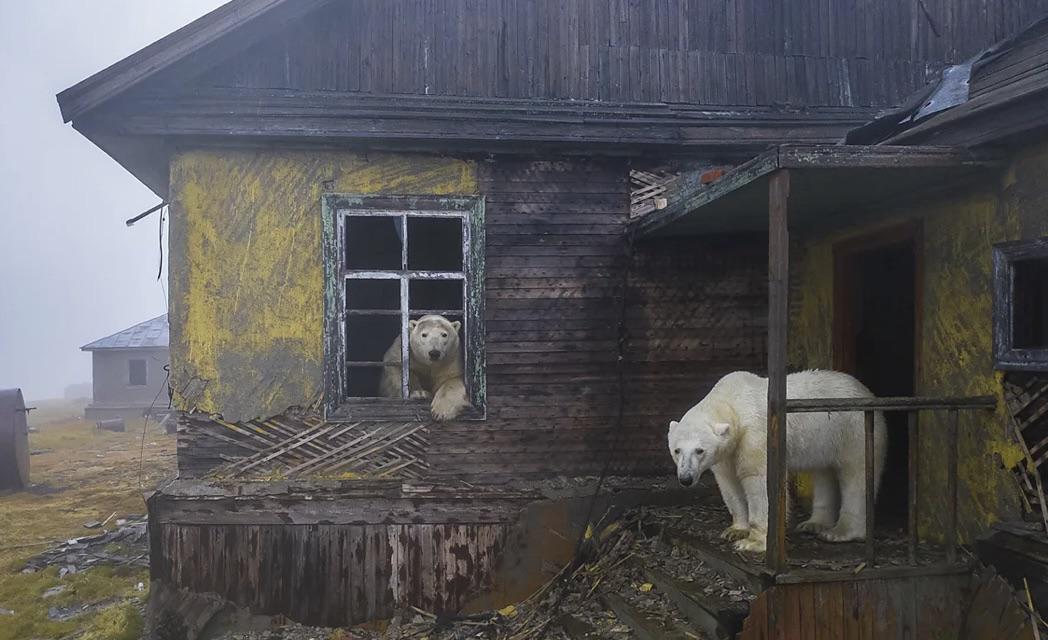In the heart of Bulgaria, near the modern city of Varna on the western coast of the Black Sea, archaeologists made a discovery that would forever change our understanding of early European civilization. Buried beneath layers of earth, time, and silence lay the skeleton of a man who lived over 6,000 years ago. But what truly astonished the researchers wasn’t just his age—it was what surrounded him.
Resting beside the ancient bones were delicately crafted gold artifacts, including beads, ornaments, and ceremonial items—objects that are now believed to be among the oldest gold treasures ever discovered in human history.
This remarkable site, known as the Varna Necropolis, is not only a window into prehistoric life, but also a vivid reminder that even in the distant past, humans sought beauty, status, and meaning through the things they created—and the way they honored their dead.
The burial was unearthed in the 1970s, and since then, researchers have excavated more than 300 graves at the Varna Necropolis. But this one stood out. The man was laid to rest with over 1.5 kilograms (3.3 pounds) of gold, an extraordinary amount for that time—dating back to around 4,500 BCE.
This predates the pyramids of Egypt, Stonehenge, and most known ancient civilizations. The gold objects—bracelets, breastplates, a scepter, and intricate jewelry—were not just decorative. They were likely symbols of power, wealth, or spiritual authority, suggesting that social hierarchy existed even in the earliest organized communities.
This man may have been a chieftain, priest, or some figure of profound influence in his society. What’s truly mind-blowing is that he lived during the Chalcolithic (Copper) Age, a period of transition when humans were just beginning to work with metal. That makes the craftsmanship and artistry of the gold pieces even more impressive.
What astonishes archaeologists to this day is the quality and complexity of the gold artifacts. Despite being over six millennia old, the pieces show an incredible understanding of metalworking techniques—hammering, casting, and polishing.
This wasn’t raw or primitive metalwork. The items found in the grave were deliberate, artistic, and elegant, suggesting that the people of Varna had developed advanced knowledge of gold metallurgy long before it appeared in other parts of the world.
Some of the items appear ceremonial, while others might have been worn in life, suggesting a blend of everyday beauty and spiritual significance. And while many ancient burials have included valuable goods, this particular grave offers one of the earliest known examples of gold used as a symbol of status.
Beyond the gleaming treasure and the bones it adorned, this burial gives us something even deeper: a human story. It reminds us that even thousands of years ago, people lived in structured societies, honored their dead, and placed great value on craftsmanship, beauty, and ritual.
The Varna burial challenges the assumption that early humans lived simple, nomadic lives without much cultural depth. Instead, it shows us a society that was already sophisticated, organized, and deeply symbolic.
Who this man was, we may never know for certain. But through the artifacts left behind—through the gold that has outlasted empires—we are invited to imagine a time when human civilization was just beginning to rise, yet already reaching for something greater.
In the bones and gold of this 6,000-year-old grave, we see not just the past, but a reflection of ourselves—curious, creative, and always searching for meaning.







